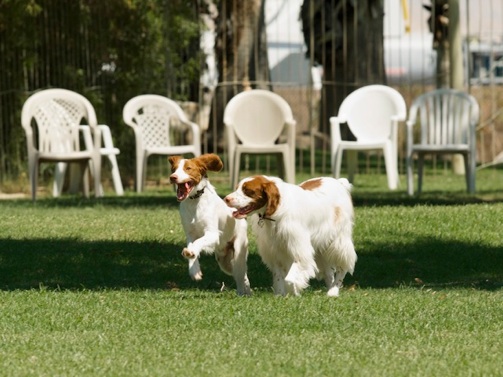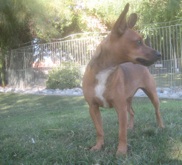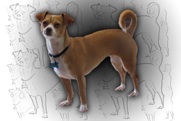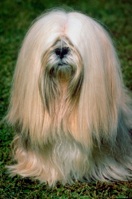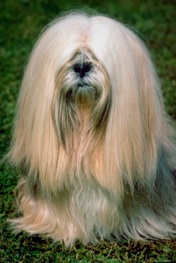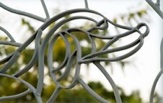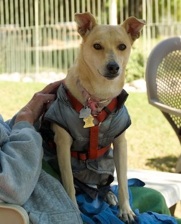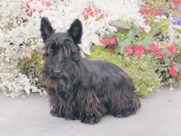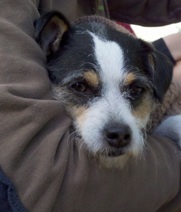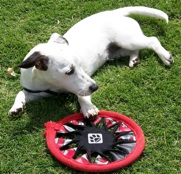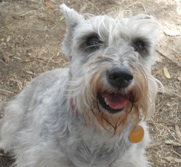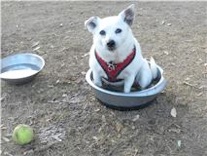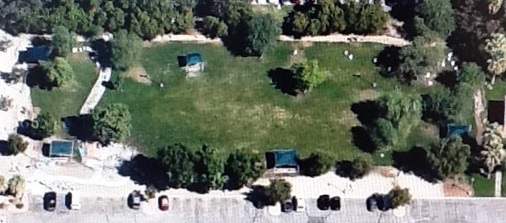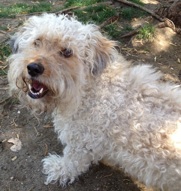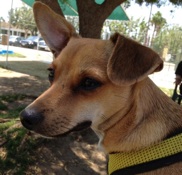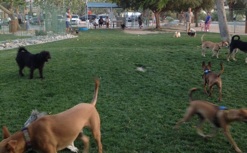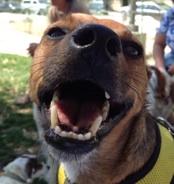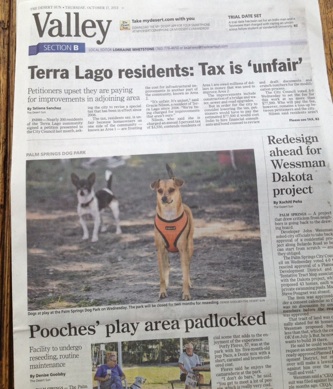WHERE: The dog park is on the Civic Drive directly behind Palm Springs City Hall, near the airport. The nearest intersection is Civic Drive and Tahquitz Canyon Way.
WHAT: This is how the city describes the park on its Web site: “The Palm Springs Dog Park consists of 1.6 acres of fenced-in rolling grass with fire hydrants, dual purpose canine/human drinking fountains, picnic tables and benches made from recycled materials, solar lighting and shade structures. Dogs run and play leash-free; park never closes. Separate play area for small dogs. Beautiful fence designed and built by artist Phill Evans; double-gated for safety.”
HISTORY: The park exists today thanks to the work of Palm Springs dog lovers in the ‘90s. They raised start-up money and convinced the airport to sell the land to the city for a dollar. The mayor at the time suggested a competition to design a unique metal fence inspired by dogs and the desert. Artists from across the country submitted more than 60 entries. Public art funds paid for the $100,000 expense.
INVOLVEMENT: The Friends of the Palm Springs Dog Park was an informal group of volunteers who, from 2011 to 2012, worked to put the park back in the public’s attention. The goal was to improve the city’s only off-leash public space for dogs.
Now, the city has created a Dog Park Subcommittee of the Palm Springs Parks and Recreation Commission composed of two commissioners and a citizen member. For example, the subcommittee recently held an community meeting at the park to hear the opinions of users. The Friends group is no longer active.
PARK IMPROVEMENTS: The first goal of the Friends group in early 2011 was to try to improve the park’s grass. For example, sprinkler heads were broken. Much of the turf came back after the city’s golf-course experts offered their advice, and park users halted their fund-raising efforts for a resodding of the park.
In early 2012, the turf again was having problems and the Friends group met with the city once more. The city reseeded in the fall of 2012 and again in 2013, closing the park from mid-October to mid-December each year. The city created a temporary dog park in DeMuth Park by the new Palm Springs Animal Shelter during the closures.
The city also has installed new drinking fountains, placed gravel around the perimeter of the park, poured concrete in certain areas, replaced broken bricks, inspected and trimmed trees and roots, and moved a sign that was covering an artistic element on one of the gates.
The city had the fence repainted in early 2013. Waste bag stations also have been installed.
Dog park users have taken on their own improvement projects. One user helped improve a drainage problem near the drinking fountain in the small dog area by bringing in rocks to create a drainage area. Another person has installed water-cooling misters in the small dog area.
An appreciative bark out to all the park users, city staff, the Parks and Recreation commissioners, and the commission’s Dog Park Subcommittee members who collaborated to enhance the Palm Springs Dog Park.
E-mail your information to trav1000@aol.com to add your name to the e-mail list.
